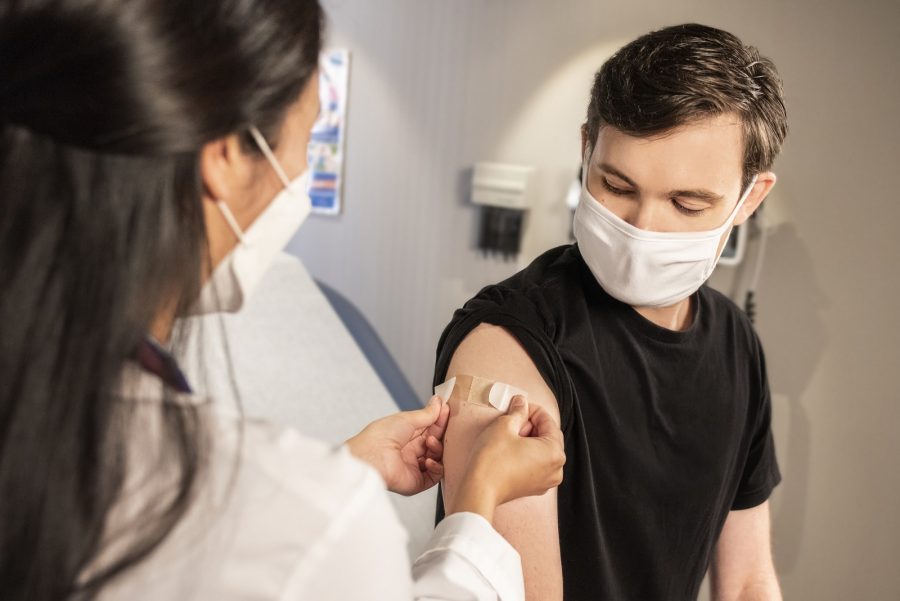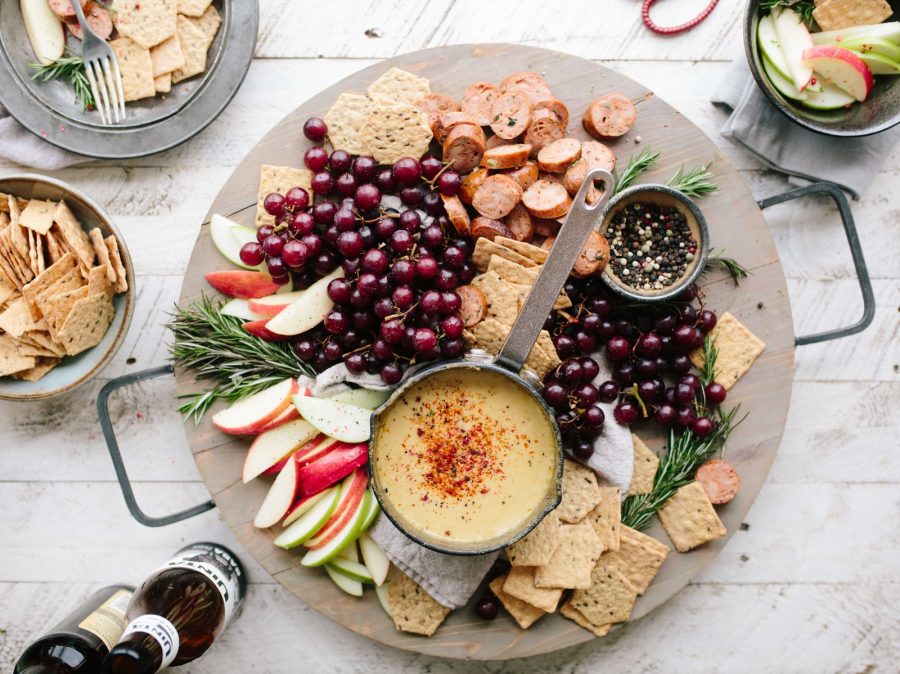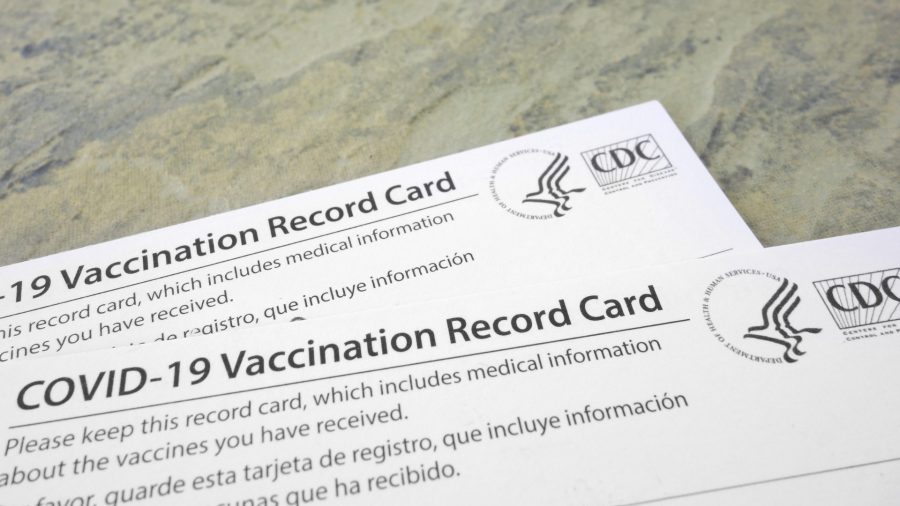Breakfast sales continue to slump as people change their daily routines and opt for brewing their first cup of coffee at home while experimenting with new breakfast meals, like macaroni and cheese.
Although 2020 was expected to be the year of “breakfast wars,” breakfast sales at QSR and fast food chains have been down thanks to the pandemic, reported Business Insider (Aug. 3).
Before the pandemic, breakfast was growing due to competition and new items on the market. However, McDonald’s, Starbucks, and Dunkin’ all recently reported that breakfast sales are continuing to slump even though sales throughout the rest of the day are improving.
“Breakfast…prior to the pandemic was the only day part that was growing,” McDonald’s CEO Chris Kempczinski said on a call with investors. “And so as a result, there were a lot of new competitors that were flooding into the breakfast day part. That certainly was one area of pressure for us.”
McDonald’s has actually grown its share of breakfast during the pandemic, but so few people are dining out for the meal that it is still the chain’s most challenging type of day and it is bringing down overall sales. Starbucks and Dunkin’ both have seen significant shifts in their breakfast business as people are working from home and aren’t stopping to grab a coffee on their morning commute.
Customer visits at Starbucks were peaking at 9:30 a.m. and 2:30 p.m., with more customers getting afternoon snacks, while at Dunkin’, sales shifted from early morning to mid-day, 11 a.m. to 2 p.m.
Starbucks is now trying to sell more snacks to accompany drink orders to make up for lost sales. Dunkin’ executives said that espresso drinks and specialty beverages such as matcha lattes have performed well.
At Panera, the chain was working to build its breakfast business over the last few years and launched an unlimited coffee subscription service in February. In June, Panera pushed for more people to sign up for the service by offering free drinks.
“There’s not much recovery in the breakfast day part right now. In terms of day part, breakfast has dried up,” said CEO Niren Chaudhary. “If anything, we’re seeing the consumption of coffee starting later in the morning than it used to, and kind of extend more through the day than it has done in the past.”
Panera has managed to break the 835,000-subscriber level on its $8.99-a-month program, including over 700,000 signups in July alone, reported Forbes (Aug. 4). “We recruited about 100,000 members in February so we are seeing a big acceleration on that,” said Eduardo Luz, Panera’s chief brand and concept officer. “To get to this level completely surprised us. What we’ve achieved in three weeks is three times what we projected.”
“This program has reinserted Panera into routines, but the window has moved from 7 to 8:30 a.m. to about 10 to 11:30 a.m. That puts customers’ coffee runs closer to our sweet spot, which is lunch,” Luz added. The change in routine has yielded higher tickets for Panera as lunch customers usually attach a food item to the order.
While to-go coffee is pushed to later in the day, at-home coffee consumption is becoming more popular. Coffee propelled Nestle SA to a 2.8% increase in revenue, higher than investors expected, amid pandemic uncertainty, reported Bloomberg (July 30). Nestle attributed part of its success to growth in Starbucks brand coffee and Nespresso.
Meanwhile, parents are getting creative with at-home breakfast with 65% reporting serving their children mac and cheese for breakfast more often during COVID-19 related lockdowns than previous months, according to a survey from Kraft.
To promote the new trend, Kraft is giving away limited-edition Kraft Mac & Cheese Breakfast Boxes until Aug. 7. Along with the mac and cheese, each box includes a placemat for kids to color while the mac and cheese is being prepared and a magnet with breakfast topping suggestions, like crumbled sausage, bacon, or scrambled eggs.











